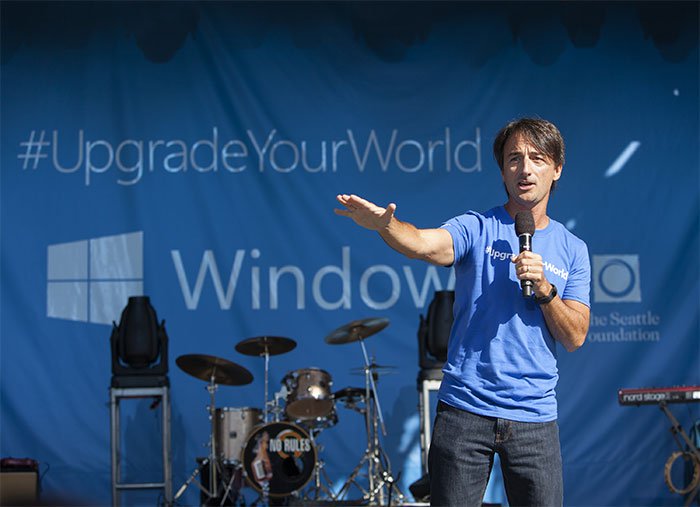Newest Windows 10 20H1 Preview Spins PCs Into A Boot Loop, Microsoft Suggests This Workaround

However, Microsoft's latest build in the Windows 10 20H1 (2020, First Half) branch is causing more problems than many testers bargained for. Microsoft pushed out Windows 10 Build 18941 to Windows Insiders yesterday, and it didn't really add a whole lot new to the mix other than updates to the Korean IME and some fixes for explorer.exe and settings app crashes.
However, what testers weren't expecting were install failures that would return a c1900101 error code to users. Microsoft has traced this issue an incompatible storage driver.

"The PC will attempt to install, fail, and successfully roll back to the currently installed build on the PC," Microsoft writes. "Attempted re-tries to install the build, either manual or automatic, will not bypass this issue."
However, considering that users in this scenario are able to roll back to a "working" version of Windows 10, all is not lost. But some users aren't so lucky as Microsoft further explains. "There are also certain rare cases in which a PC may get stuck in a 'boot loop' (repeatedly rebooting over and over without getting to the OS) due to this issue."
According to Microsoft, it is working on a permanent fix for both of these issues, but until then, it has a workaround that you can try to get you back on track if you are caught in a boot loop. You'll need to follow all of the steps below:
1) Create a bootable USB recovery drive following these instructions. NOTE: UNCHECK “Back up my System files to the recovery drive”.
Create a recovery drive dialog window.
2) Boot your PC from the USB recovery drive created in Step 1.
3) Launch Command Prompt.
4) In Command Prompt, type: bcdedit /enum {default}
5) Text similar to below will appear:
6) If the description element says “Windows Rollback” and the device element starts from ramdisk, proceed to Step 7. If you don’t see any of the elements from Step 5 – DO NOT PROCEED.
7) Take a note of the recoverysequence GUID value in the {default} entry.
8) In Command Prompt, type: bcdedit /default {GUID from Step 7 exactly as it appeared}
9) In Command Prompt, reboot your PC by typing: wpeutil reboot
10) Once your PC reboots, you will see two boot entry choices the first one will be “Windows 10” and the next one will be “Windows Rollback”. Select the “Windows 10” option and that will enable to boot you back into the previously installed build. The rollback code will kick in and clean up the rollback entry, so it won’t be there on subsequent boots.
That's a lot of work to get your system back in working order, but that's the risk you take when working with a Skip Ahead release of Windows 10 (19H2 builds just recently starting pushing out to Windows Insiders).


